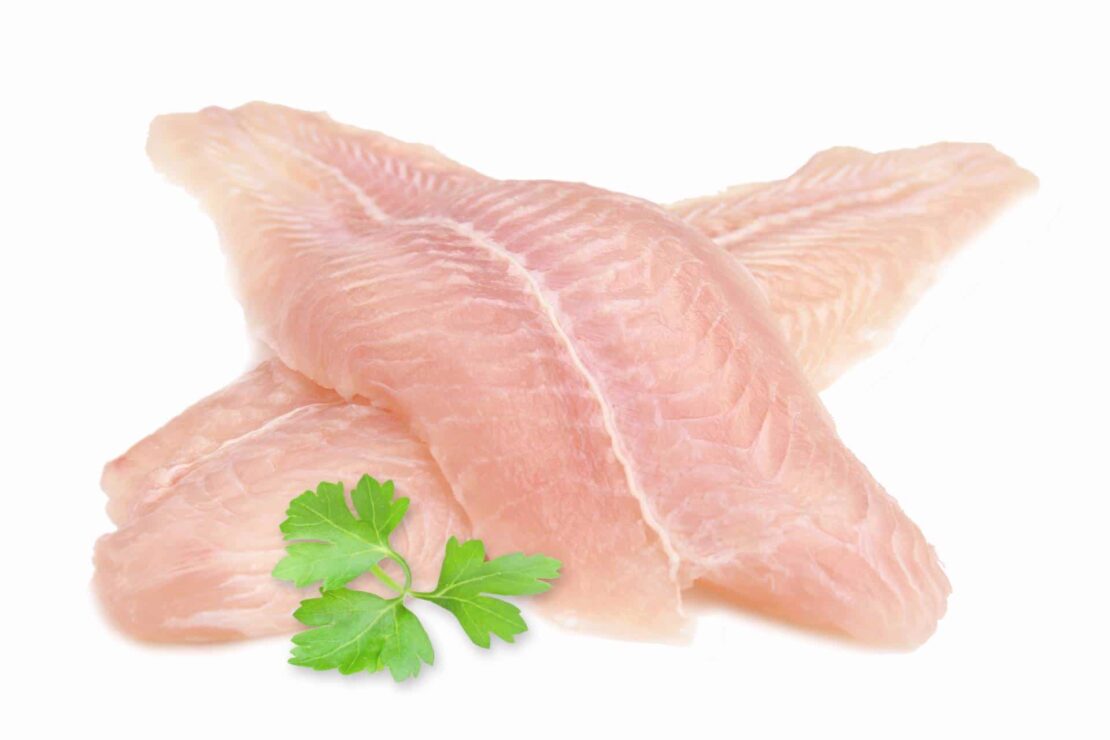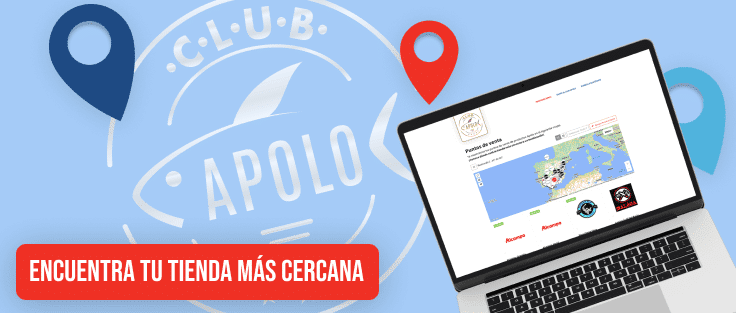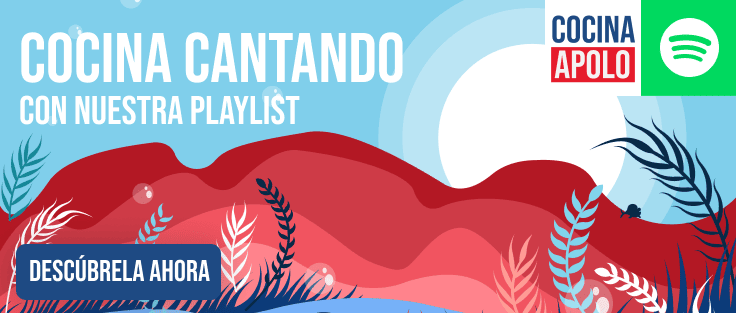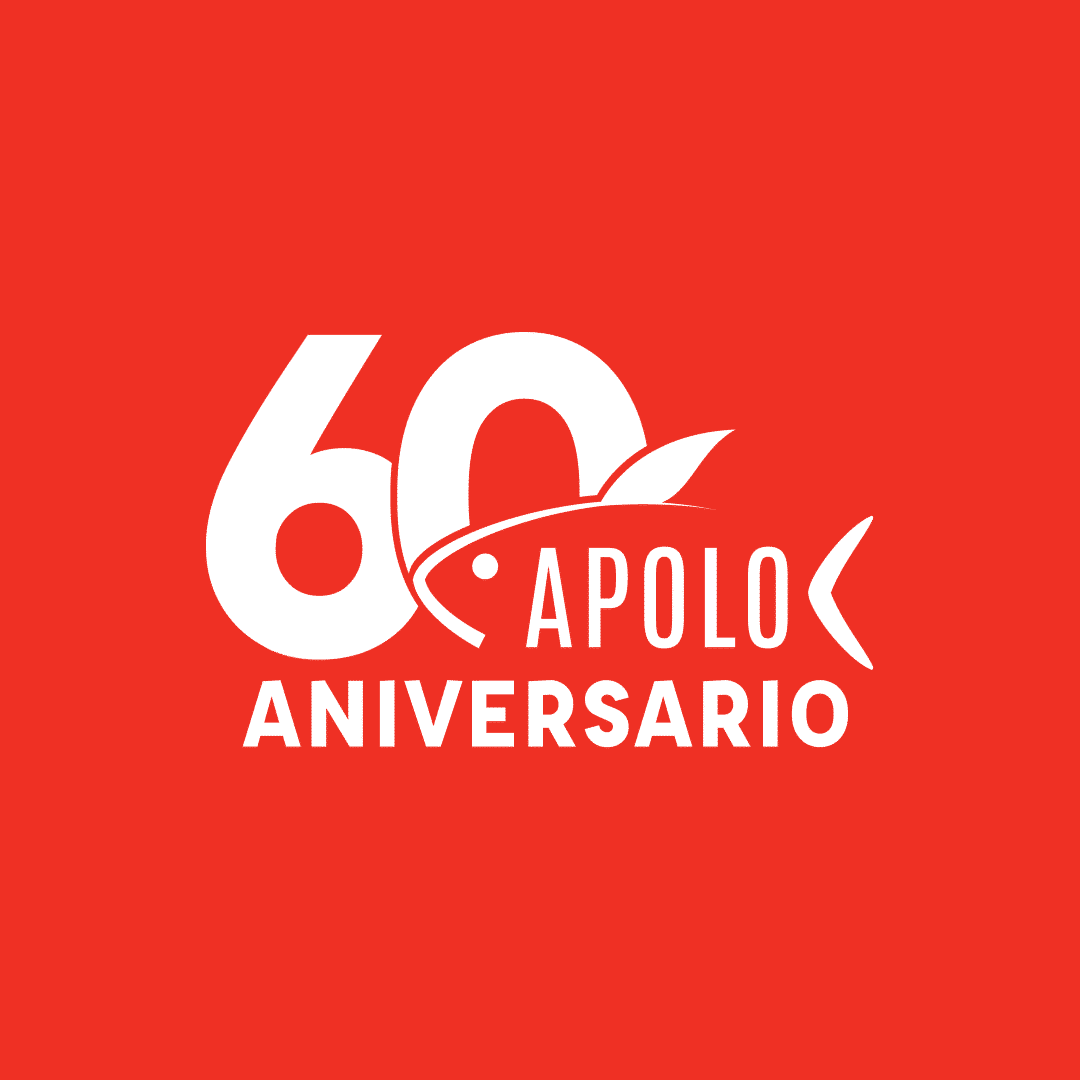In recent times there is perhaps no freshwater fish with such a bad reputation as pangasius. But what is the reason for this reputation? We review the key facts, for and against, and unravel all the information about pangasius to see what is true and false in this matter.
 What is certain is that the pangasius (scientifically known as Pangasius hypophthalmus) is a fish with a low nutritional level, with a somewhat bland taste. And, although it is a safe fish, the Organization of Consumers and Users (OCU) advises not to abuse its consumption. It provides 9.9 grams of protein per 100 grams compared to other fish such as cod with 17 grams or tuna with 23% protein. Likewise, perch offers a poor level of omega 3 and the quantities of minerals and vitamins A and B that are present in this type of fish are very modest.
What is certain is that the pangasius (scientifically known as Pangasius hypophthalmus) is a fish with a low nutritional level, with a somewhat bland taste. And, although it is a safe fish, the Organization of Consumers and Users (OCU) advises not to abuse its consumption. It provides 9.9 grams of protein per 100 grams compared to other fish such as cod with 17 grams or tuna with 23% protein. Likewise, perch offers a poor level of omega 3 and the quantities of minerals and vitamins A and B that are present in this type of fish are very modest.
Therefore, nutritionists advise to follow a menu -both at a private level as well as in hospitals or educational centers- based on other types of fish richer from the nutritional point of view such as sardines, anchovies or mackerel. However, we should not forget that the protein values of pangasius, although minimal, are similar to those of other fish such as hake. Therefore, arguments for and against should be weighed equally before deciding to buy or banish this type of fish from our shopping basket forever.
Growth in consumption of pangasius with the crisis
Finally, and perhaps the most contentious point in terms of information about pangasius, is its environmental impact and the belief that there are certain toxins in this fish. This clearly invasive species is mostly farmed in Asian rivers where the water quality is not the best. Incidentally, we must remember that the boom of this fish reached its peak during the first years of the crisis due to its low price, as is the case with tilapia or perch.
However, and regarding this last point, let us remember that the Ministry of Health certifies on its own website that the fish imported and marketed in Spanish territory are controlled and are fit for consumption, including pangasius. In fact, the Spanish Agency for Food Safety and Nutrition (AESAN) confirms that there are no food safety problems, not even for the youngest.






Entonces porque una propaganda tan agravante y nefasta contra la productos en criaderos asiaticos contra el panga? Cual de los 2 informes nos está engañando?